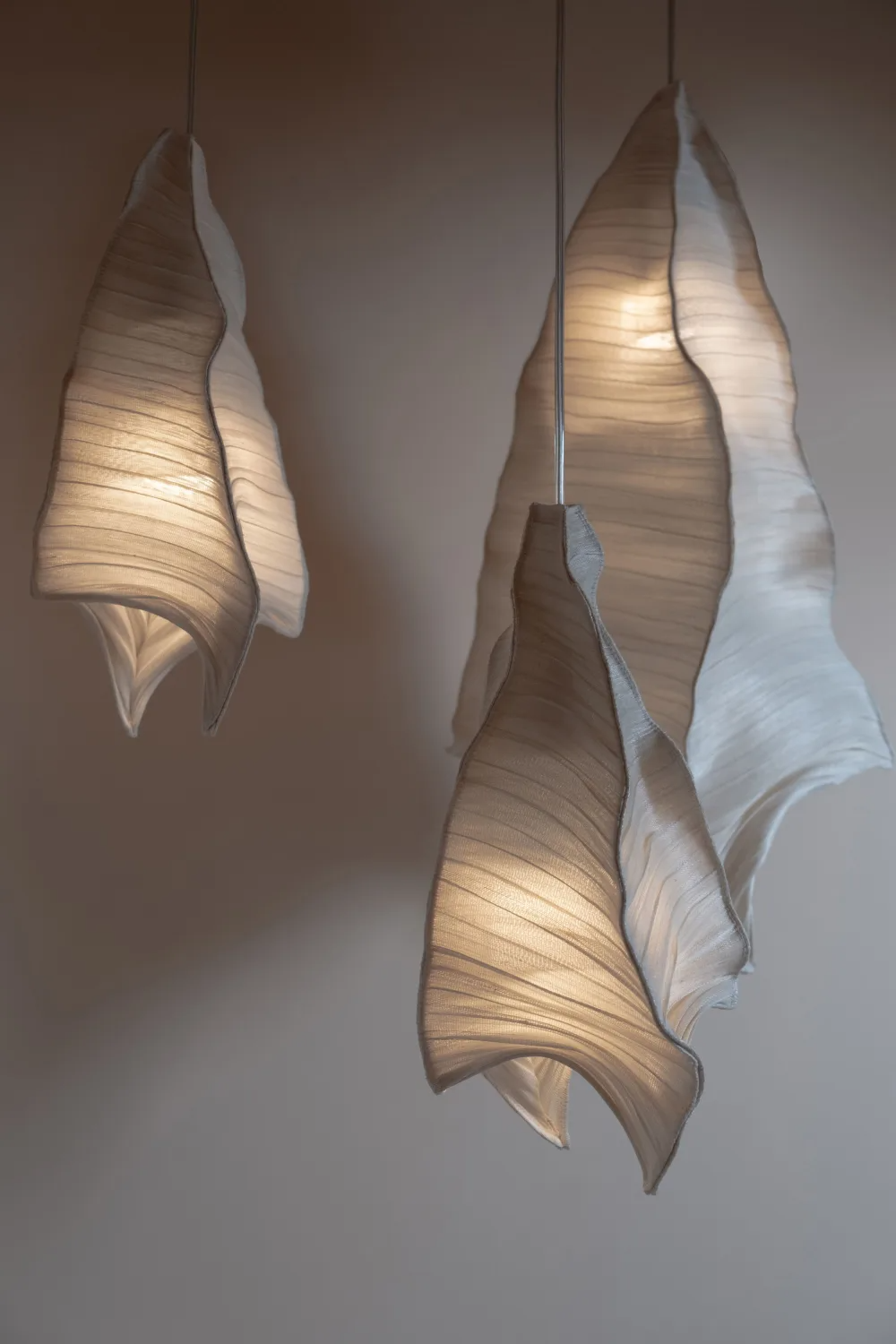
Interior lighting is an essential element in creating a comfortable and inviting atmosphere within a space. It not only serves a functional purpose by providing visibility and aiding in tasks such as reading or cooking, but also plays a crucial role in enhancing the overall aesthetic appeal of a room. Proper lighting can highlight architectural features, artwork, and furniture, creating a well-balanced and visually pleasing environment. There are various types of interior lighting, including ambient lighting, task lighting, and accent lighting, each serving a different purpose in illuminating a space. Ambient lighting provides overall illumination and sets the mood, while task lighting is focused on specific areas where tasks are performed, such as a desk or kitchen counter. Accent lighting, on the other hand, is used to highlight specific objects or features within a room. When designing a lighting scheme for a space, factors such as the size and layout of the room, natural light sources, and the desired ambiance should be considered. With the right combination of lighting fixtures, bulbs, and placement, interior lighting can transform a room into a functional and visually appealing space.
Interior Lighting plays a crucial role in setting the ambience and mood of a space. It not only illuminates the room but also enhances the overall aesthetics of the interior design. Proper lighting can make a room feel cozy and inviting, or bright and spacious, depending on the desired atmosphere. With the right lighting fixtures and placement, you can transform any room into a welcoming and stylish space.
When planning the lighting scheme for a room, it is important to consider the different types of lighting options available. Ambient lighting provides overall illumination and sets the tone for the room. Task lighting, on the other hand, is focused on specific areas where activities like reading or cooking take place. Accent lighting highlights architectural features or artwork, creating visual interest and drama. By combining these different types of lighting, you can create a layered and dynamic lighting design that meets both functional and aesthetic needs.
In addition to selecting the right types of lighting, it is also important to consider the color temperature and brightness of the light. Warm white light (2700-3000K) creates a cozy and intimate atmosphere, perfect for living rooms and bedrooms. Cool white light (3500-4100K) is ideal for task lighting in kitchens and bathrooms, as it provides better visibility. Daylight white light (5000-6500K) mimics natural daylight and is perfect for workspaces or areas where you need to stay alert and focused. By carefully choosing the color temperature and brightness of the light, you can create a customized lighting design that suits your space and enhances its functionality and beauty.
 Decoration Ideas
Decoration Ideas










